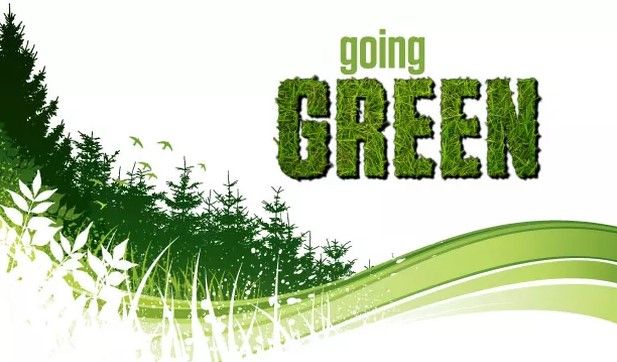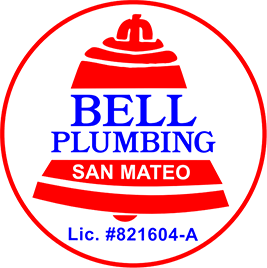Home /
Going Green: Your Guide to Eco-Friendly Plumbing
By webdev
Feb 27, 2024

No doubt you’re hearing all kinds of information about how to “go green” these days. You can try everything from electric cars to reusable shopping bags. It may come as a surprise to some that one of the more important areas of life that needs the “green touch” is plumbing.
As the world population continues to rise, clean potable water is going to become a much more important issue. A recent assessment outlined in the “Global Trends 2025” report by the National Intelligence Council forecasts “increased international conflict over food, water, energy, and other scarce resources” in the next seventeen years.”
What is Green Plumbing?
Put simply, green plumbing is environmentally-friendly plumbing that seeks to reduce consumption while increasing efficiency. There are many ways to achieve this goal, including installing low-flow water toilets and showerheads, energy-saving appliances like clothes washers and dishwashers, and other new technologies that use less and recycle more water. Consumers who choose green plumbing can not only feel good about their choices, but also reap the additional benefits of increased efficiency and lower costs.
One of the primary roles of a professional plumber is to protect the quality of our water by ensuring that distribution systems are properly installed and protected from cross contamination. Cross contamination can pollute our drinking water when inexperienced or untrained people create situations where pollutants are allowed to mix into the water system. Another vital role is to promote the preservation of clean water by educating the public to new water saving technology that meets the need of a household while eliminating the waste.
WATER-SAVING PLUMBING TECHNOLOGY
Great strides have been made in the last few years when it comes to water-saving technology. For example, some of the first water saving toilets were first introduced in the 1970s, but many of these were notoriously poor performers. Today’s manufacturers have been able to overcome these earlier obstacles and create redesigned High Efficiency Toilets (HETs) that can flush using only 1.28 gallons or less. Some statistics indicate that if we replaced the old style 3.5 gpf toilets across the nation with new HETs, we could save as much as two billion gallons of water per day. Yes, that’s two billion gallons of fresh, clean water saved per day just by upgrading our toilets.
Another place we can save water is at our sinks. Did you know that simply turning off the water while you are brushing your teeth can save as much as 3,000 gallons of water a year? If everyone in the nation who is currently letting that water run suddenly stopped, just think how much water would be saved.
A standard top-load washing machine uses around 41 gallons of water per load. Simply waiting until you have a full load before running the washer will cut down on usage. Consider upgrading the machine to a high efficiency washer, which uses around 28 gallons of water per load.
HOW TO WASTE LESS WATER WHILE WAITING FOR HOT WATER
Another area where water tends to get wasted is in waiting for hot water. You get up in the morning and turn the hot water on, but you know it’s going to take awhile to reach the shower head, so you let it run while you brush your teeth or grab a cup of coffee. Let’s say the shower is pouring water out at 2.5 gpm and you walk away for just four minutes. That’s ten gallons of water literally poured down the drain. Now let’s say you do that for just five days a week. That comes to 2,600 gallons of water wasted while getting coffee.
Here are two products that can help solve this issue:
- A “Comfort Series” retrofit circulation system that can be installed by a plumber in a short period of time. It uses your cold-water piping system to circulate the water from your hot water piping system so that warm water is only a few feet from a given faucet rather than across the house from it.
- The “Ladybug Shower Adapter” is a device that attaches to the shower arm before the shower head. You can turn on the shower in the morning and as soon as warm water reaches the Ladybug, the device shuts down to a trickle. When you come back from your coffee your water is warm and waiting.
Because the movement to go green is so strong these days, there are lots of products out there to help save water in little ways. It’s the little ways multiplied by millions of people that add up to enormous savings.
